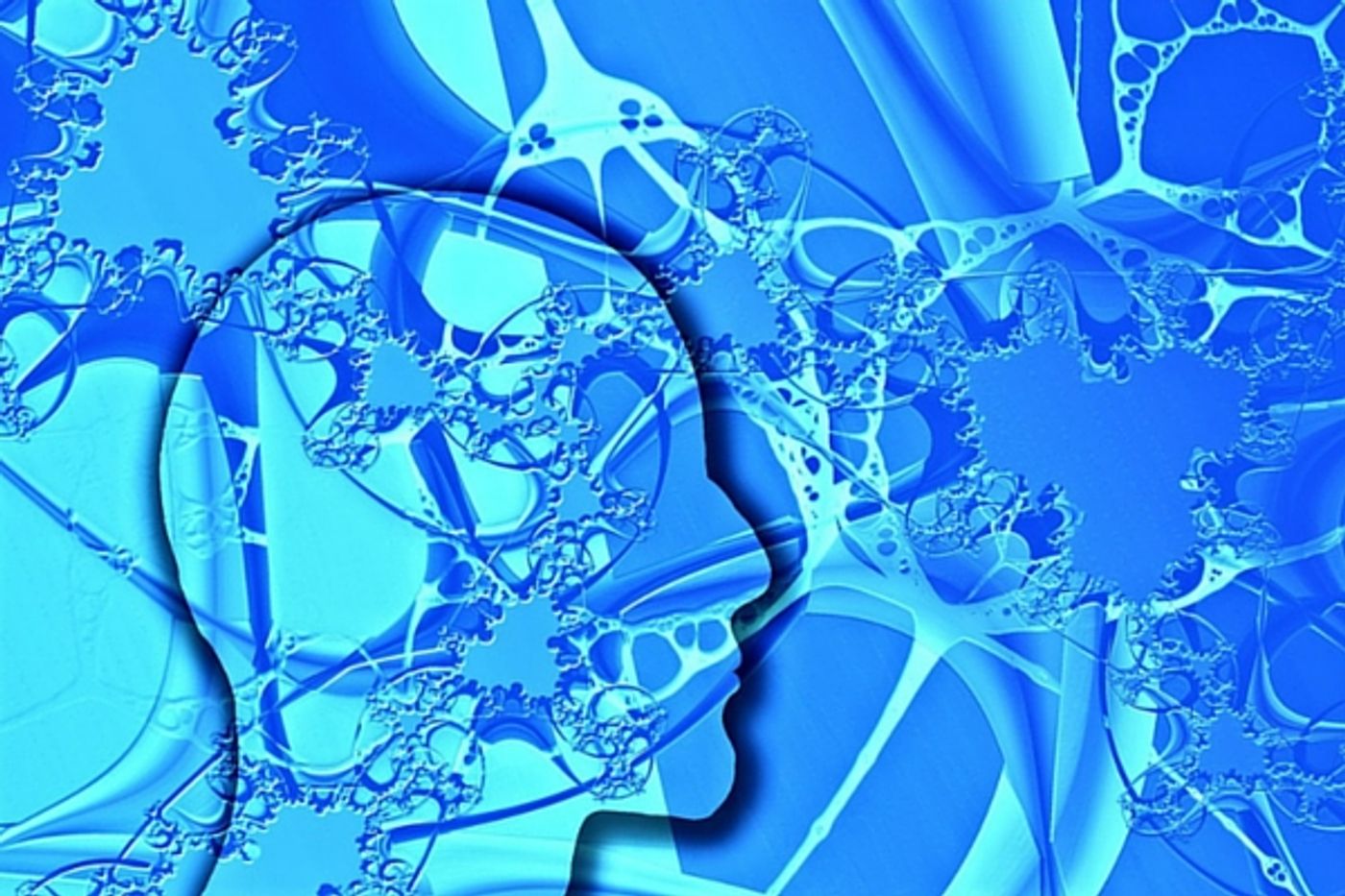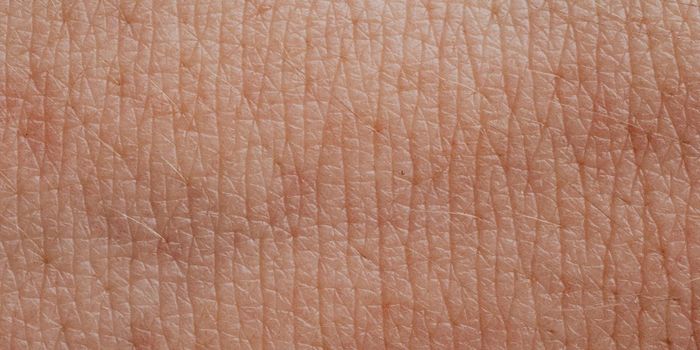Neurons are incredibly tiny, but they have a big task in the brain. Cells within the nervous system, called neurons, are essentially the communication network for the brain, and thus for the whole body. The neuron is an advanced cell designed to transmit information to other nerve cells, muscle, or gland cells.
Most neurons have a cell body, an axon, and dendrites. The cell body contains the nucleus and cytoplasm. The axon extends from the cell body and often gives rise to many smaller branches before ending at nerve terminals. Dendrites extend from the neuron cell body and receive messages from other neurons. Synapses are the contact points where one neuron communicates with another. The dendrites are covered with synapses formed by the ends of axons from other neurons.
to many smaller branches before ending at nerve terminals.
It’s all of these complex and tiny parts that send messages throughout the brain, allowing the body to move, breathe and do pretty much everything else. When the central nervous system (CNS) is damaged that vital process is disrupted and patients can have paralysis, cognitive declines or a host of other issues depending on the disease or injury that caused the damage.
That’s why new research from McGill University in Montreal is so significant. Researchers there have partnered with the Montreal Neurological Institute and have created a process that allows new connections to grow between neurons, and these connections are functional. This kind of work could allow for the regrowth of damaged connections in the CNS and help patients who have lost function as a result.
In a press release from the university, Montserrat Lopez, a McGill post-doctoral fellow who spent four years working on the new technique said, “It’s really very exciting, because the central nervous system doesn’t regenerate. What we’ve discovered should make it possible to develop new types of surgery and therapies for those with central nervous system damage or diseases.”
Due to the miniscule size of neurons (they come in at about 1/110
th the size of a strand of human hair) the team in Canada had to use some advanced and highly specialized instrumentation. Starting with a polystyrene ball that was only a few micrometers in size, they used an atomic force microscope to try and stick the ball to the transmitter part of an active neuron. They then tried to slowly stretch the ball to the part of the neuron that receives messages, so there could be a complete circuit.
It was an incredibly delicate process. There could be no bumps in the road, literally.
Peter Grutter, a McGill physics professor and the senior author on the paper said, “We would never have made this discovery if the people working in the lab hadn’t figured out that you had to avoid any quick or jerky movements when you move the newly-made neurons around. Until they found the right way to walk the neurons across the lab, from the microscope to the incubator where the newly-made neurons are left to grow for 24 hours, we weren’t having any luck getting them to behave the way we wanted them to.”
It was an equally laborious process getting the newly made nerve cells to detach from the tiny tweezers that had been used to move them around. Eventually the team was successful and while their endeavor was successful, there is a lot of work still to be done. .
Margaret Magdesian, a neuroscientist who is the first author on the paper worked the Montreal Neurological Institute during the project said, “The neurons we were able to create were just under 1mm long, but that’s because we were limited by the size of the dish we used. This technique can potentially create neurons that are several mms long, but clearly more studies will need to be done to understand whether and how these micro-manipulated connections differ from natural ones.” Check out the video below from McGill to see the action that occurs as the new neuron is formed.










